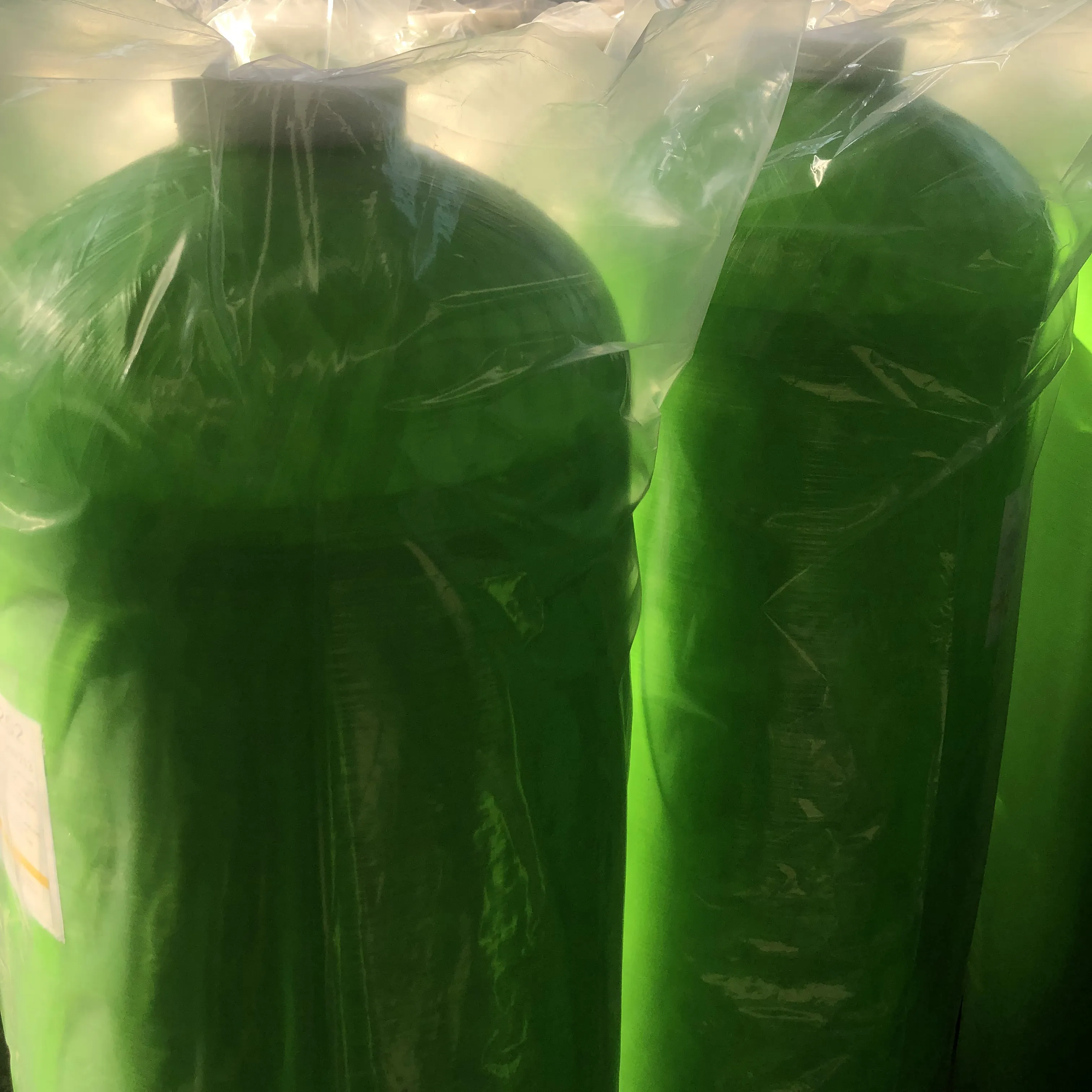loading...
- No. 9, Xingyuan South Street, Dongwaihuan Road, Zaoqiang County, Hengshui, Hebei, China
- admin@zjcomposites.com
- +86 15097380338
- Welcome to visit our website!
Mechanics and Design of Reinforced Concrete Utilizing FRP Bars for Enhanced Performance
Reinforced Concrete with FRP Bars Mechanics and Design
Reinforced concrete is a prevalent construction material, known for its durability and strength. Traditionally, steel bars have been used as the reinforcing component to improve the tensile strength of concrete, which is inherently weak in tension. However, a newer alternative, Fiber-Reinforced Polymer (FRP) bars, has gained attention for its unique properties, offering several advantages over conventional steel reinforcement. This article explores the mechanics of reinforced concrete with FRP bars and the implications for design.
Advantages of FRP Bars
FRP bars, made from a combination of polymer resin and high-strength fibers (such as glass, carbon, or aramid), impart a range of benefits to reinforced concrete structures. One of the most significant advantages is their excellent resistance to corrosion. Unlike steel, which can rust when exposed to moisture and chlorides, FRP bars remain unaffected by environmental factors, making them ideal for structures subjected to harsh conditions, such as waterfront structures, chemical plants, and bridges. This durability extends the lifespan of the concrete and reduces maintenance costs, making it a cost-effective solution over time.
Additionally, FRP bars have a lower density compared to steel, which can lead to lighter structures. This reduced weight is particularly advantageous in seismic zones where lighter structures can significantly reduce the forces experienced during an earthquake. Moreover, the manufacturing of FRP materials can be customized to achieve varying tensile strengths and elastic moduli, allowing for tailored solutions specific to the requirements of a project.
Mechanics of FRP-Reinforced Concrete
The mechanics of reinforced concrete with FRP bars differ from that of traditional steel reinforcement in several ways. The bond between concrete and FRP is crucial to the overall performance of the composite material. Typically, the bond strength of FRP bars with concrete is not as high as that of steel. Therefore, careful consideration must be given to the design and placement of FRP bars to ensure adequate load transfer between the concrete and the reinforcement.
The ability of FRP to resist tensile forces while allowing for some flexibility must also be factored into design calculations. The mechanical behavior of FRP bars is characterized by a linear elastic response up to failure, making it essential to perform thorough analysis and modeling to anticipate the concrete’s behavior under load.
reinforced concrete with frp bars mechanics and design

Design Considerations
When designing FRP-reinforced concrete structures, engineers must adhere to specific codes and guidelines that address the unique properties of FRP materials. Design codes, such as ACI guidelines, have begun to incorporate recommendations for the use of FRP in concrete applications. Key design considerations include the maximum allowable stresses in FRP bars, the required cover thickness to protect the reinforcement from physical damage, and the consideration of serviceability limits such as deflection.
Moreover, since FRP materials have different thermal expansion properties compared to concrete, compatibility must be taken into account to prevent cracking and other structural issues during temperature fluctuations. The finite element method and other modern engineering techniques can be utilized to model the behavior of FRP-reinforced concrete and optimize design parameters effectively.
Sustainability and Future Trends
As the construction industry increasingly shifts towards sustainability, FRP materials also offer environmental benefits. The production and use of FRP can result in lower energy consumption and greenhouse gas emissions compared to traditional materials. Furthermore, the longevity and reduced maintenance requirements of FRP-reinforced concrete contribute to more sustainable building practices.
Looking ahead, ongoing research is expected to enhance the understanding of the long-term behavior of FRP in concrete applications. Continued advancements in material technology may lead to improved formulations for FRP bars, ultimately broadening their applicability in various construction sectors. As engineers become more adept at integrating these materials into structural designs, we can anticipate a significant transformation in how we approach reinforced concrete construction.
In conclusion, the integration of FRP bars into reinforced concrete presents a promising advancement in construction technology. With their unique properties and advantages over traditional steel reinforcement, FRP materials offer enhanced durability, reduced maintenance, and opportunities for innovative design solutions that are both sustainable and resilient. As the industry continues to explore and embrace these materials, the future of reinforced concrete looks ever more exciting and promising.
-
Transform Your Spaces with FRP Grating SolutionsNewsNov.04,2024
-
The Versatility and Strength of FRP RodsNewsNov.04,2024
-
The Excellence of Fiberglass Water TanksNewsNov.04,2024
-
The Benefits of FRP Grating for Your ProjectsNewsNov.04,2024
-
Elevate Your Efficiency with FRP Pressure VesselsNewsNov.04,2024
-
Welcome to the World of FRP Pressure VesselsNewsOct.12,2024
-
Unveiling the Future of Filtration: Why FRP Filter Vessels are a Game ChangerNewsOct.12,2024
